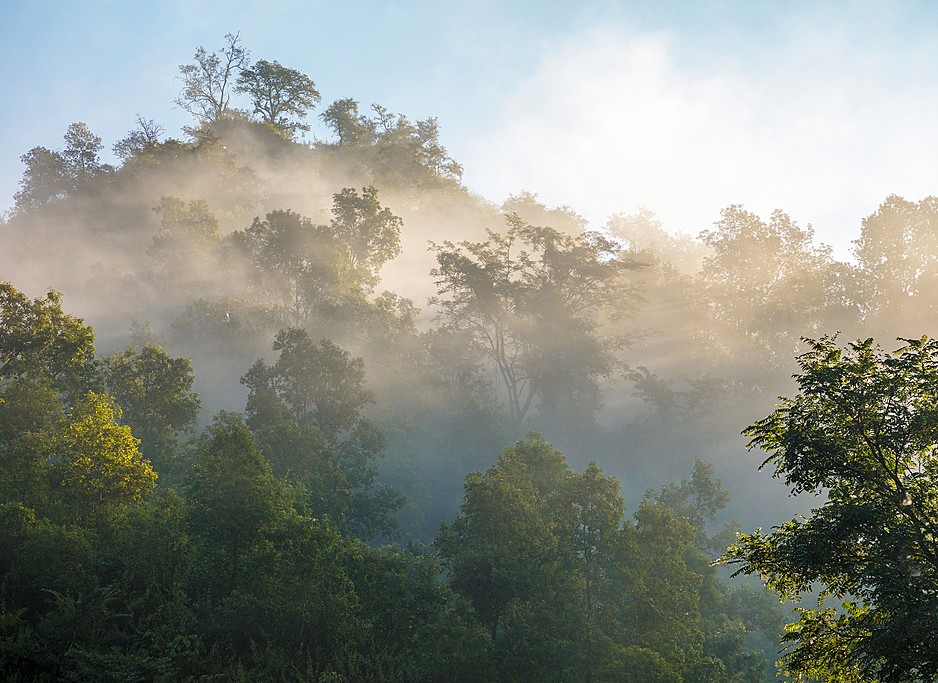Expert tips
- When starting your trek, drive in as far as possible to get behind the mountains
- Ending your trek, allow for a two-day buffer before your departure flight
- For lower, warmer elevations, an umbrella works great!
- For higher elevations, a breathable waterproof shell is needed
- Start your day early as it often it only rains in the afternoon
- If it rained the night before, the morning will likely be clear for fantastic views
Overview
From mid-June to early September, Nepal's monsoon season is ideal for trekking in remote regions like Mustang and Dolpo, as well as other parts of the country that stay dry thanks to being in the rain shadow. It's also a great time of year for a cultural trek, and perfect if you prefer having the trails to yourself as Nepal's most popular treks are usually quiet during this period. (That said, you'll have to beware of leeches in low-altitude forested areas leeches, and be flexible with regards to your travel schedule as weather-related trip interruptions can be common.)
Wondering what treks are best to do during the monsoon? See our list of best monsoon treks in Nepal.
Annual Rainfall in Nepal

Chat with a local specialist who can help organize your trip.
Monsoon tips for the Annapurna Region
If your flight is delayed out of Jomsom, you can catch ground transport to Beni easily enough, although you'll have to switch vehicles a couple times. There are two places (between Tatopani and Galeswhor) where the road gets blocked at times but they are quick on fixing this given its high tourist season for Indians heading to Muktinath.
Monsoon tips for the Everest Region
Even in the upper reaches of the Everest region, you'll see far less precipitation than the lower regions of Nepal. The monsoon season is a great time to visit Everest as you'll be avoiding the crowds in what is typically one of Nepal's busiest trekking routes. Just be aware, flights in and out of Lukla are often delayed, so be sure to add a couple days' buffer before and after your trek to account for this.
What to expect
Expect around 3-4 hours of rain each day, generally around the same time of day. When trekking in the forests and lower altitudes, there's often a build-up of dense fog and clouds which clears occasionally to reveal the views.
Recommended gear
For lower elevations, an umbrella is best, as even the highest quality waterproof shells can be too hot. Clothes that are light and quick-drying are ideal, given that humidity is often high. At higher elevations, humidity drops off and temperatures are much more pleasant, but it still can rain and you'll want to have a waterproof shell.
Transport during the monsoon
The main challenge of trekking during the monsoon is getting to the trailhead, as poor visibility can delay your flights and roads can get too muddy (or worse, blocked by a landslide). Still, there's a good chance your flight will get out and you just need to inquire in advance to make sure the roads are open.
Still, it's best to factor in transport delays to your plans and give yourself a safe buffer to avoid any complications. Flights are often delayed, and road transport can be halted by landslides along Nepal's major highways.
Special thanks
Thanks to our local Nepal expert, Mads Mathiasen, for his insights and tips while preparing this article.
